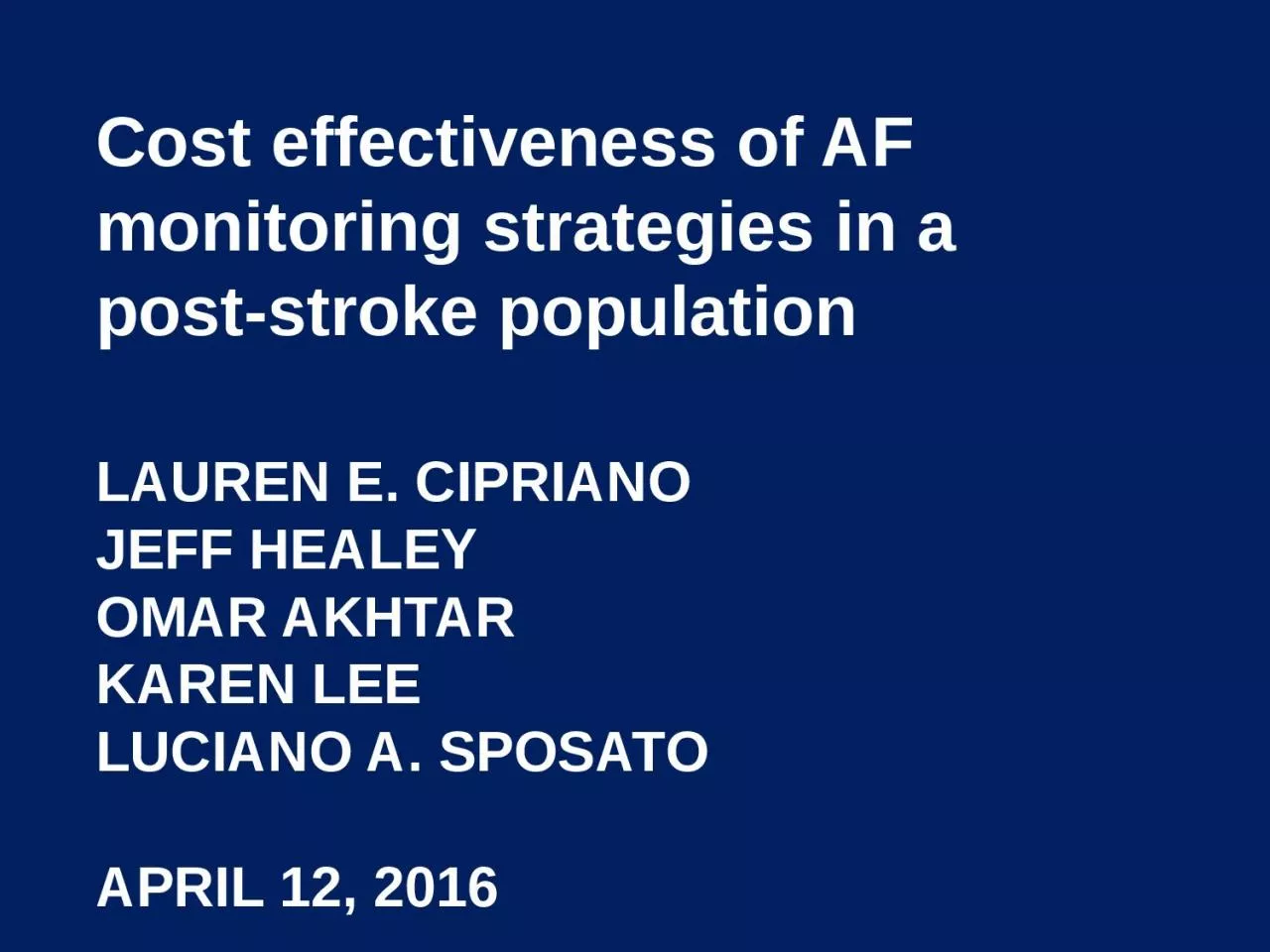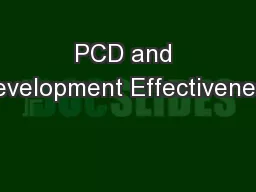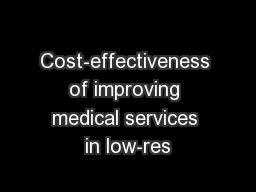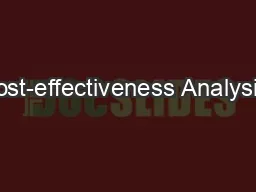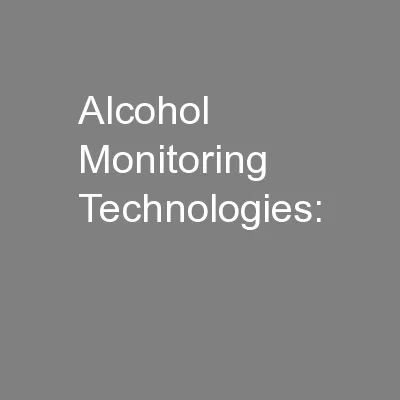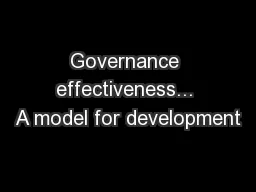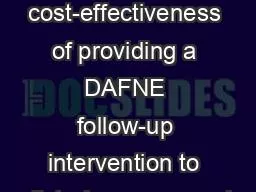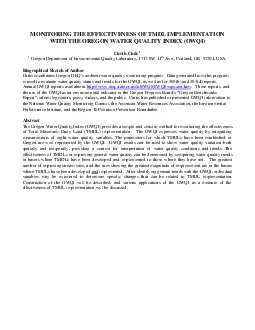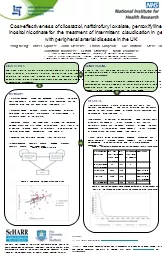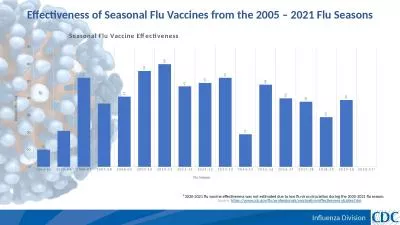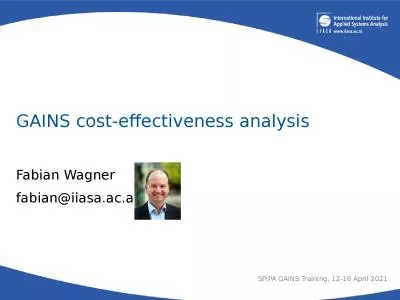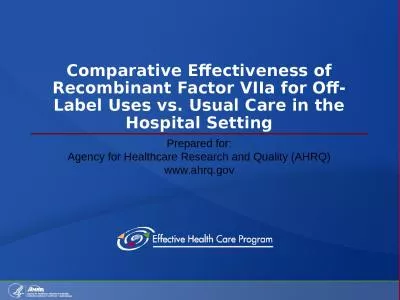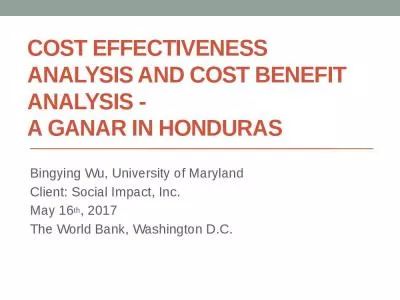PPT-Cost effectiveness of AF monitoring strategies in a
Author : wang | Published Date : 2022-06-20
poststroke population Lauren E Cipriano Jeff healey Omar Akhtar Karen Lee Luciano A Sposato April 12 2016 Disclosures Funding CADTH Conflicts None to report
Presentation Embed Code
Download Presentation
Download Presentation The PPT/PDF document "Cost effectiveness of AF monitoring stra..." is the property of its rightful owner. Permission is granted to download and print the materials on this website for personal, non-commercial use only, and to display it on your personal computer provided you do not modify the materials and that you retain all copyright notices contained in the materials. By downloading content from our website, you accept the terms of this agreement.
Cost effectiveness of AF monitoring strategies in a: Transcript
Download Rules Of Document
"Cost effectiveness of AF monitoring strategies in a"The content belongs to its owner. You may download and print it for personal use, without modification, and keep all copyright notices. By downloading, you agree to these terms.
Related Documents

